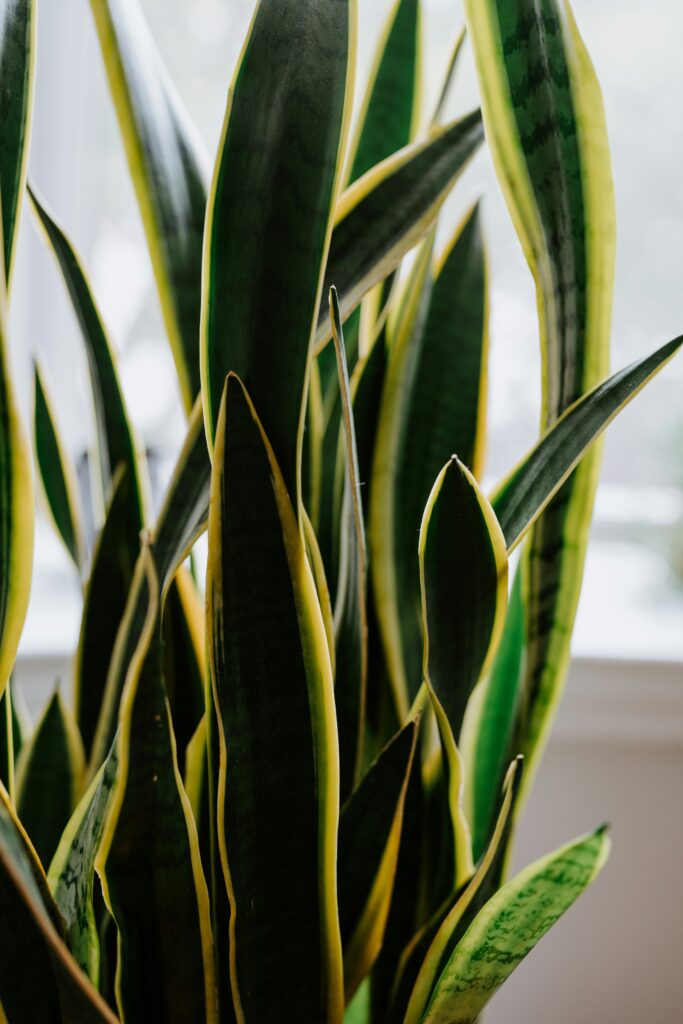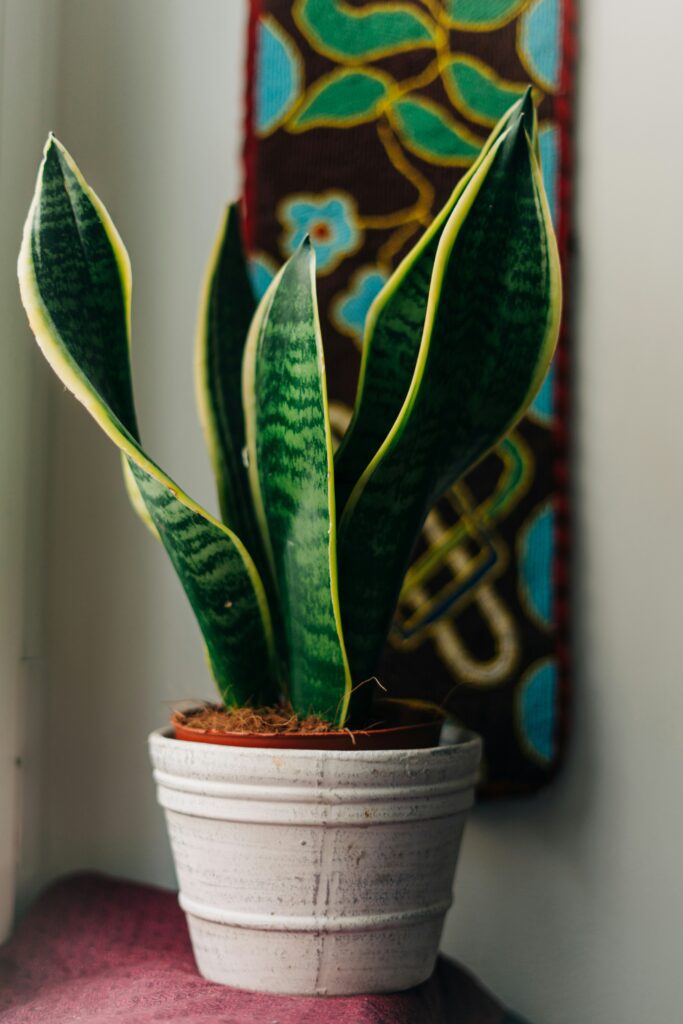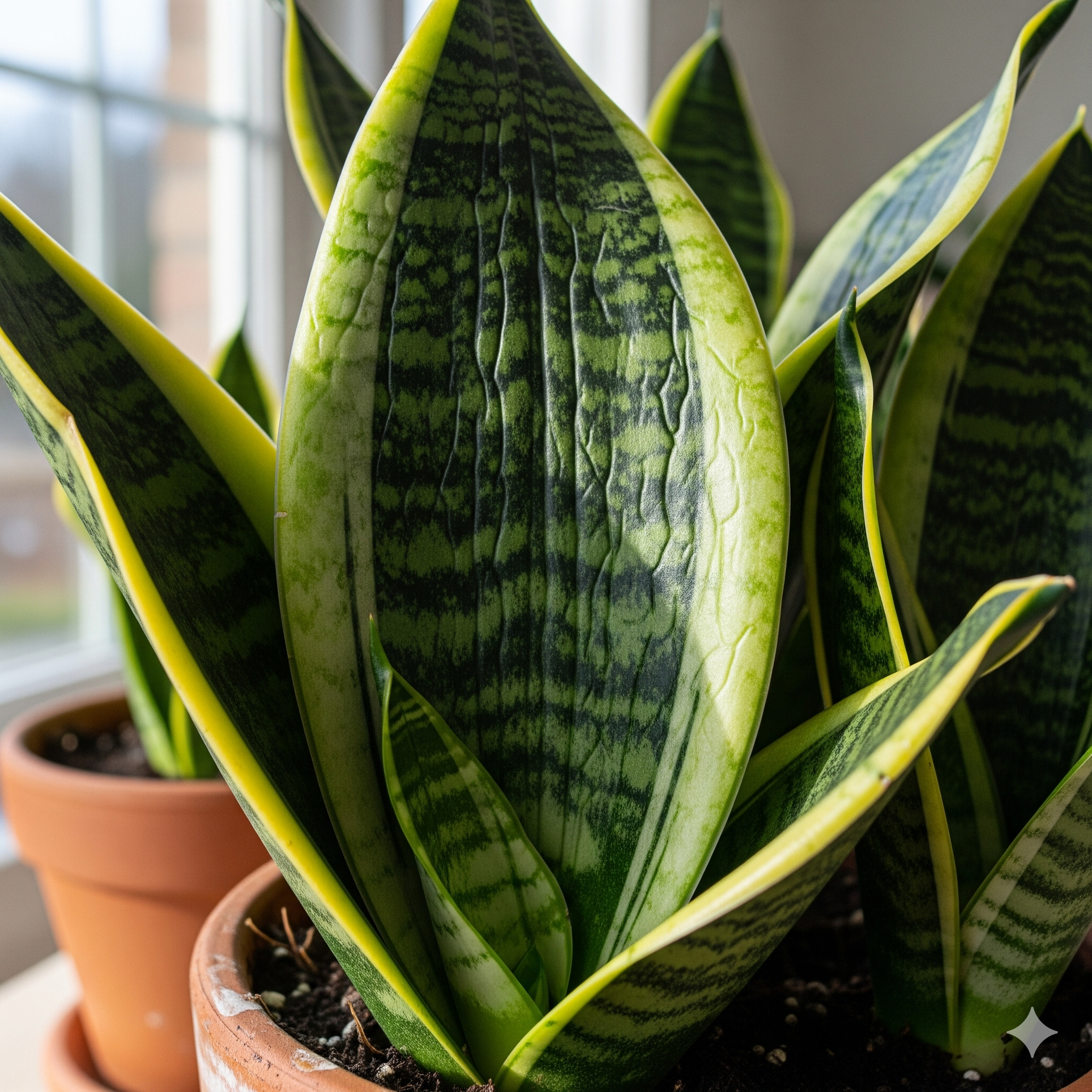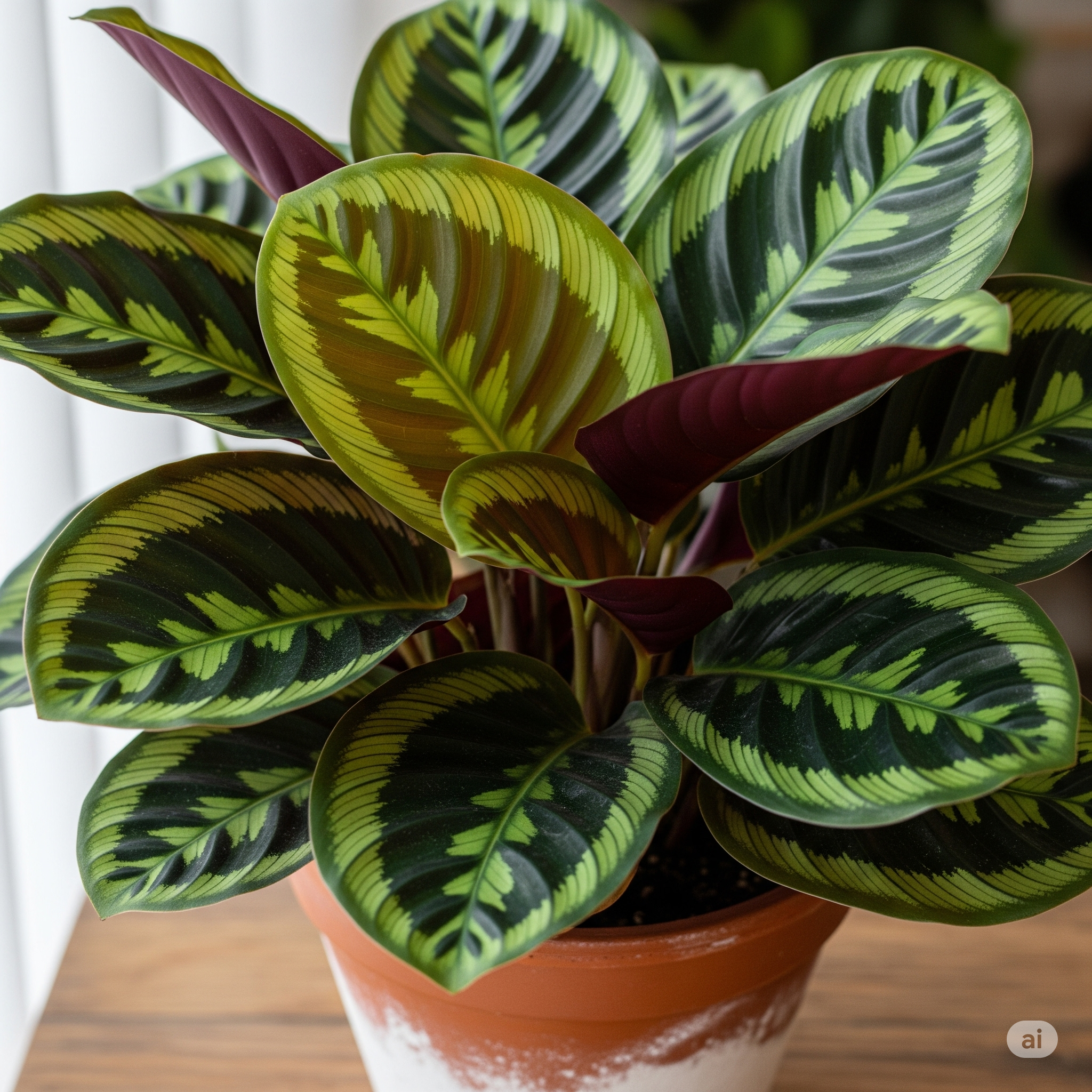Some links on this Website are affiliate links, meaning we may earn a commission if you make a purchase, at no additional cost to you. Please read our full Affiliate Disclosure for more details.
Snake plants (Sansevieria), often called mother-in-law’s tongue, are prized for their striking upright leaves, low-maintenance care, and ability to thrive in almost any environment. But even the toughest plants can show signs of stress, and one common problem many plant owners face is wrinkled or shriveled leaves. If your once-firm snake plant leaves are starting to look soft, droopy, or wrinkled, it’s a clear sign that something in its care routine needs attention.

The good news is that wrinkling leaves don’t mean your plant is beyond saving. In fact, with the right care adjustments, you can fix wrinkling snake plant leaves and restore their healthy, vibrant look.
In this guide, we’ll explore the main causes of wrinkled snake plant leaves, step-by-step solutions to bring them back to life, and preventative tips to ensure your plant stays strong for years to come.
5 Causes Of Brown Leaves on Monstera Plant
Why Do Snake Plant Leaves Wrinkle?
Before you can fix wrinkling snake plant leaves, you need to understand what’s causing the problem. Snake plants are drought-tolerant succulents that store water in their thick, fleshy leaves. When something interferes with their ability to store or absorb water, the leaves start to wrinkle. Here are the main causes:

1. Underwatering
Snake plants can survive weeks without water, but if neglected for too long, they start pulling moisture from their own leaves. This dehydration causes the leaves to wrinkle, curl, or even fold inward. If the soil feels bone dry for several weeks, underwatering is the likely culprit.
2. Overwatering and Root Rot
While underwatering dehydrates the plant, overwatering suffocates the roots. Excess moisture leads to root rot, which prevents roots from taking in water and nutrients. As a result, leaves wrinkle, soften, and sometimes turn mushy. This is one of the most common reasons people search for how to fix wrinkled snake plant leaves.
3. Poor Soil Drainage
Heavy, compact soil holds too much water around the roots. Even if you water correctly, poorly draining soil can create conditions similar to overwatering. Snake plants need fast-draining soil like cactus or succulent mix to stay healthy.
4. Lighting Issues
Snake plants can survive in low light, but they don’t thrive there. Too little light slows photosynthesis, which weakens the plant and reduces its ability to transport water effectively. On the other hand, too much direct sunlight can scorch the leaves, making them shriveled or dry.
5. Temperature Stress
Snake plants prefer warm indoor temperatures between 60–85°F (15–29°C). Exposure to cold drafts, air conditioners, or frost can stress the leaves, leading to wrinkling or collapse.
6. Pest Infestations
Though uncommon, pests like spider mites, mealybugs, and scale insects can attack snake plants. These pests suck sap from the leaves, causing them to lose water and wrinkle. Look for sticky residue, tiny webs, or cotton-like patches on the leaves.
Why Are My Citronella Plant Leaves Turning Yellow?
Step-by-Step Guide to Fix Wrinkling Snake Plant Leaves
If you’ve noticed wrinkled, drooping, or curling leaves, here’s how to bring your plant back to life.
Step 1: Assess Your Watering Routine
Watering problems are the most common cause of wrinkling.
- If underwatered: Slowly rehydrate your plant. Give it a thorough drink until water drains out of the pot’s bottom, then let the soil dry before watering again. Avoid flooding the plant all at once if it’s been neglected for a long time; gradual rehydration works best.
- If overwatered: Stop watering immediately. Check the soil and roots for signs of rot. Mushy, blackened roots should be trimmed away, and the plant should be repotted into fresh, dry soil.
Step 2: Check the Roots
Remove the snake plant gently from its pot and examine the roots. Healthy roots are firm and white or light tan. Black, mushy, or foul-smelling roots indicate rot. Trim damaged roots with sterilized scissors before replanting.
Step 3: Improve Soil and Pot Drainage
Repot your snake plant in a well-draining mix. A blend of succulent soil, perlite, and coarse sand works best. Also, ensure your pot has drainage holes to allow excess water to escape. Avoid decorative pots without drainage unless you use them only as outer covers.
Step 4: Adjust Lighting
Place your snake plant in bright, indirect light. If it has been sitting in a dim corner, move it closer to a window with filtered sunlight. Conversely, if direct sunlight is causing wrinkling or burn marks, move it slightly away from the harsh rays.
Step 5: Maintain Temperature Balance
Keep your plant in an environment where temperatures remain stable. Avoid placing it near drafty windows, radiators, or air conditioning vents. Snake plants do best in moderate, consistent indoor conditions.
Step 6: Inspect for Pests
If pests are the problem, act quickly. Wipe the leaves with a damp cloth dipped in mild soapy water, then rinse. For stubborn infestations, apply neem oil or an insecticidal soap. Repeat treatments weekly until pests are gone.
Step 7: Prune Severely Damaged Leaves
Leaves that are too far gone completely wrinkled, mushy, or yellow will not recover. Use sterilized scissors to cut them at the base. Removing damaged leaves helps the plant focus its energy on healthy growth.
Why Are My Succulent Plant Leaves Falling Off?
How to Prevent Snake Plant Leaves From Wrinkling

Once you’ve managed to fix wrinkling snake plant leaves, prevention becomes your next priority. Here are some long-term care tips:
- Water Sparingly but Consistently – Use the “soak and dry” method: water deeply, then wait until the soil is completely dry before watering again.
- Use the Right Soil – Stick to well-draining soil mixes. Avoid heavy garden soil.
- Choose Proper Pots – Always use pots with drainage holes. Terracotta pots are especially good because they help wick away excess moisture.
- Provide Adequate Light – Bright, indirect sunlight is best. Rotate your plant occasionally so all sides receive equal light.
- Keep in Stable Temperatures – Avoid exposing your plant to sudden temperature fluctuations.
- Check for Pests Regularly – Inspect leaves every few weeks, especially during warm months, to catch infestations early.
Frequently Asked Questions
Q: Can wrinkled snake plant leaves recover on their own?
If the wrinkling is mild and caused by underwatering, the leaves may plump back up after proper watering. However, severely wrinkled or rotted leaves usually won’t recover and should be pruned.
Q: How often should I water my snake plant?
On average, water every 2–4 weeks during the growing season and every 6–8 weeks in winter. Always check the soil first. If it’s still moist, wait before watering.
Q: Is wrinkling always a sign of poor care?
Not always. Sometimes wrinkling occurs when the plant is adjusting to a new environment or recovering from stress. Proper care usually helps it bounce back quickly.
Final Thoughts
Wrinkling leaves on a snake plant may seem alarming at first, but it’s usually your plant’s way of signaling stress. By carefully identifying the cause, whether it’s underwatering, overwatering, poor soil drainage, pests, or environmental stress, you can take the right steps to bring it back to health. With a proper watering routine, well-draining soil, stable temperatures, and adequate light, you can fix wrinkling snake plant leaves and prevent the problem from returning.
Snake plants are resilient and forgiving, which means that even if the leaves are wrinkled now, they often bounce back quickly once the right care is provided. By combining quick fixes with preventative measures, you’ll not only restore your plant’s beauty but also ensure it thrives for years to come.


